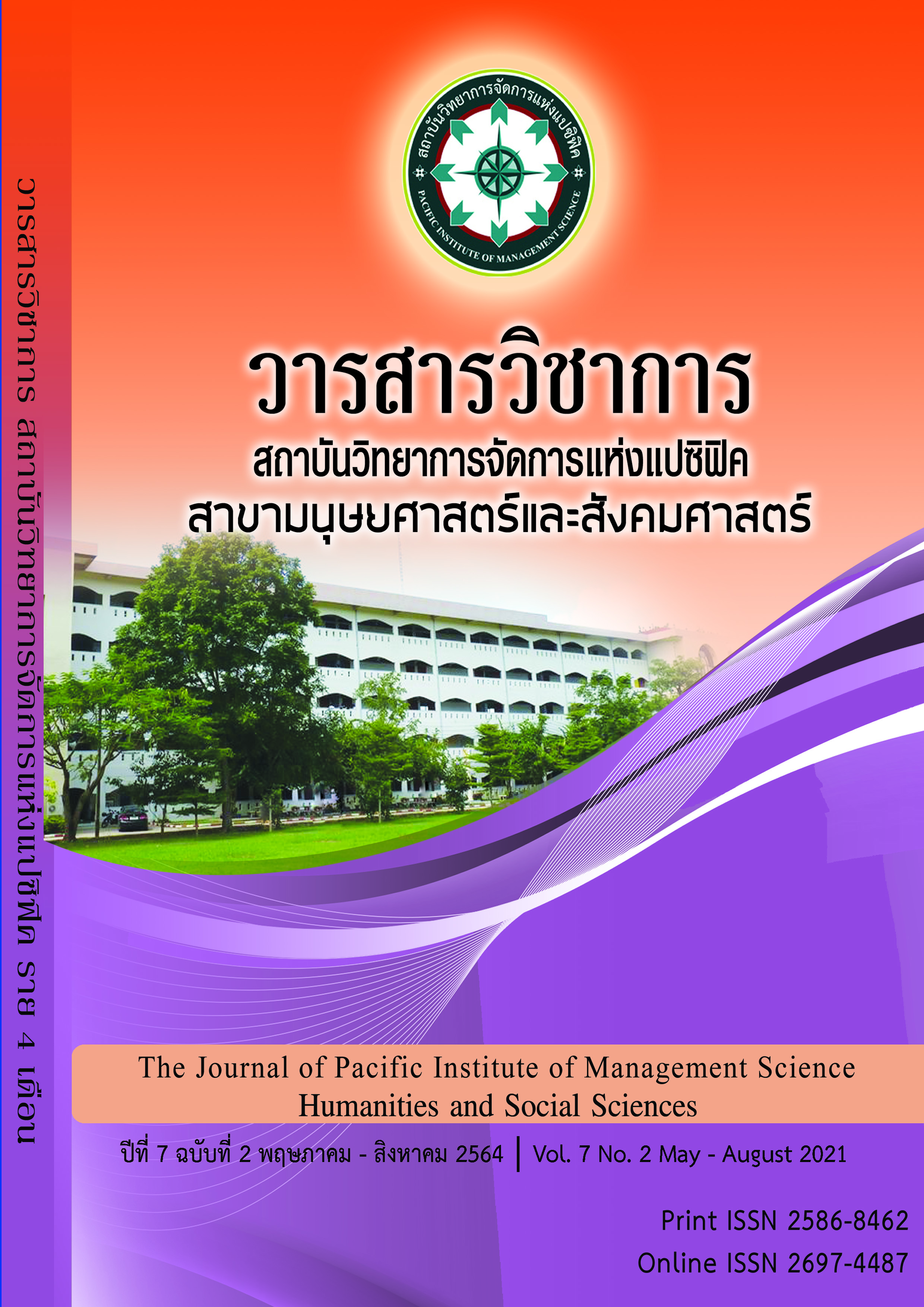Information technology for learning together online
Keywords:
information technology for learning, online communicationAbstract
The study of the role of information technology (IT) for online learning has the following objectives, first, to study the levels of using the IT for learning together online and second to compare the levels of using the IT for learning together online based on different users characteristics such as gender, marital status, education and age. A sample size of 385 was based on the Yamane formula (1973) with statistical discrepancy not exceeding 5 percent. The questionnaire was developed from the review of literatures and research studies, the reliability of which yielded an Alpha value of .95. The survey results revealed that the respondents’ opinions on the use of IT online including other dimensions were at high levels, averaging score was 3.59. The results also showed the respondents engaged in learning together on online communication were at high levels, averaging score was 3.66. For testing the position held as independent variable against learning together online communication, the mean difference was not significant at the level of .05. Comparing respondents’ perspective on learning together online communication with demographic differences, the test results were not statistical significant at the level of .05.
References
คณะวิทยาการจัดการและเทคโนโลยีสารสนเทศ. (2555). รายงานการประเมินตนเองเพื่อรับการประเมินคุณภาพภายในและภายนอกประจำปีการศึกษา 2555. นครพนม : มหาวิทยาลัยนครพนม.
Chitmittraphap, S. (2010). Changing world of 21st century learning and development into“Professional teacher” Cited in Laksaneeyanavin S. (Eds). (2010). Transformative Learning.Association of Professional DevelopmentTeachers and Higher Education Organizations of Thailand. Office of the Higher Education Commission, Ministry of Education (in Thai)
Dabbagh, N., & Kitsantas, A. (2012). Personal Learning Environments, social media, and self regulated learning: A natural formula for connecting formal and informal learning. The Internet and higher education, 15, 3-8.
Ratanamongkolkul, S. (2014). Transformative Learning From experience sharing with learning network for change for medical education in Thailand. Thammasat Medical Journal,14(4), 489-491.(in Thai)
Thomas, M. (2008). Handbook of Research on Web2.0 and Second Language Learning.NewYork : Hershey.
Williams, B. K., & Sawyer, S. C. (2015). Using Information Technology : A Practical Introduction to Computers & Communications, McGraw-Hill Higher Education.
William, Horton. (2000). Designing Web-based training: how to teach anyone anythinganywhere anytime. [Online] Retrieved from
http://books.google.co.th/books?id=NZXNyHtUkTYC&dq=related%3
AISBN0787969796&source=gbs_similarbooks
Wongkritrungruang, W. (2015). From world toThailand, a new direction of learning into the 21st century, Retrievedfromhttp://thaipublica. org / 2015 / 03 /education-for the-future_1 (in Thai).
Yamane, T. (1973). Statistics: An Introductory Analysis, Third edition, New York: Harper and Row Publication.
Downloads
Published
Issue
Section
License
Copyright (c) 2021 Pacific Institute of Management Science

This work is licensed under a Creative Commons Attribution-NonCommercial-NoDerivatives 4.0 International License.
บทความที่ได้รับการตีพิมพ์เป็นลิขสิทธิ์ของ สถาบันวิทยาการจัดการแห่งแปซิฟิค
ข้อความที่ปรากฏในบทความแต่ละเรื่องในวารสารวิชาการเล่มนี้เป็นความคิดเห็นส่วนตัวของผู้เขียนแต่ละท่านไม่เกี่ยวข้องกับสถาบันวิทยาการจัดการแห่งแปซิฟิค และคณาจารย์ท่านอื่นๆในสถาบันฯ แต่อย่างใด ความรับผิดชอบองค์ประกอบทั้งหมดของบทความแต่ละเรื่องเป็นของผู้เขียนแต่ละท่าน หากมีความผิดพลาดใดๆ ผู้เขียนแต่ละท่านจะรับผิดชอบบทความของตนเองแต่ผู้เดียว







